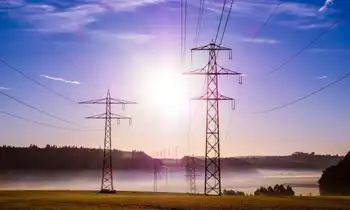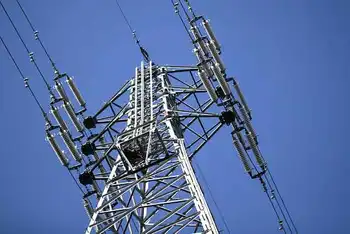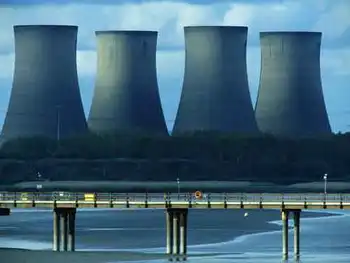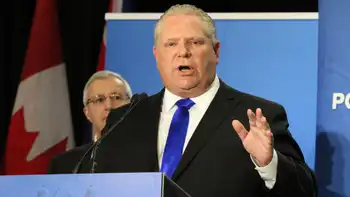NJ weighs alternative energy bill for farms
By Associated Press
CSA Z463 Electrical Maintenance
Our customized live online or in‑person group training can be delivered to your staff at your location.

- Live Online
- 6 hours Instructor-led
- Group Training Available
Soon, farmers in New Jersey may also be tending to solar panels and windmills.
New Jersey is contemplating defining solar and wind energy generation as agricultural activity. The measure aims to promote alternative energy sources but has been criticized as a possible danger to farmland preservation efforts.
The bill would allow the owners of preserved farmland to construct, operate and install solar or wind energy facilities or equipment on their farms. The generated power could be used to operate the farm or be sold to a utility company.
The law would also protect solar and wind power generation on farms from nuisance complaints from neighbors, similar to protections farmers have from complaints about the smell of manure, for instance.
"It's very hard for people to get out of that traditional thinking that the only farming there is when you dig up dirt and plant seed," said state Sen. Bob Smith, D-Middlesex, who is sponsoring the bill.
He acknowledged his bill is an "attempt to think outside the box when it comes to farming," but also said farming and energy are already tied together, noting ethanol is made from corn.
"The environmental goals of renewable energy and farmland preservation are not mutually exclusive," Smith said.
Despite New Jersey being the most densely populated state, it is a leader in farm preservation, with more than 18 percent of its farmland preserved. The Garden State has prevented development of 1,616 farms with a total area of 160,840 acres, at a cumulative cost of $686 million to the state and another $358 million from local governments and charities.
New Jersey has made more money available for farmland preservation than any other state, according to The Farmland Preservation Report.
Critics question whether Smith's bill would hurt farmland conservation.
Alison Mitchell, a policy director with the New Jersey Conservation Foundation, said she appreciates efforts to promote solar and wind energy, but said farmland preservation is meant to save agriculture and farmland — not spur new construction on preserved land.
Susan Kraft, the New Jersey Agriculture Committee executive director, questioned whether power generation should be even considered farming.
"I think this crosses a line that the public did not intend," Kraft said.
Jaclyn Rhoads, director for conservation policy for the Pinelands Preservation Alliance, said she worried opening the door to solar and wind energy construction on preserved farms could lead to other facilities being built on preserved farmland.
She also said preserved farmland helps combat global warming.
"To be able to put solar or wind generation on them takes away some of what we've already been doing to address climate change," Rhoads said.
The bill has cleared a Senate committee and is awaiting a vote by the full Senate. It hasn't received Assembly consideration.
Using solar panels on farms is not a new concept. Sixth-generation farmer Ronny Lee has 360 solar panels on his Lee Turkey Farm near Princeton.
Lee had solar panels installed before his 54-acre farm was preserved, so he didn't face problems with building restrictions.
Lee installed his solar energy system on a barn roof that faces south, where it captures the most sunlight and shades the roof.
"That runs my irrigation pumps," Lee said. "It runs all the heat lamps in the buildings for the turkeys and things like that. It actually runs the houses, too. It runs everything."
Sen. Raymond Lesniak, the Senate economic growth chairman, said he isn't worried about the aesthetics of putting energy production facilities on preserved farms. Lesniak recalled biking in France and said the windmills there are "majestic" and "lift your spirits."
"Four-dollars plus for a gallon of gasoline," said Lesniak, D-Union. "The economy in bad shape. The old ways of thinking things have to be looked at over and over again."
Sen. Christopher Bateman, R-Somerset, another bill sponsor, said the measure could help farmers struggling with economic woes.
"Farming has become both a logistical and economic challenge for many farmers, forcing them to sell their land or to struggle financially," he said. "This bill would allow farmers to sell both produce and power."
Smith has also proposed bills permitting wind and solar energy generating facilities in industrial zones and deeming solar and wind power as an "inherently beneficial use," a move that would make it easier for new solar and wind facilities to receive building approvals.
"If renewable energy is going to be a serious, viable alternative energy source, then it can't be the sole dominion of wealthy property owners," Smith said.











